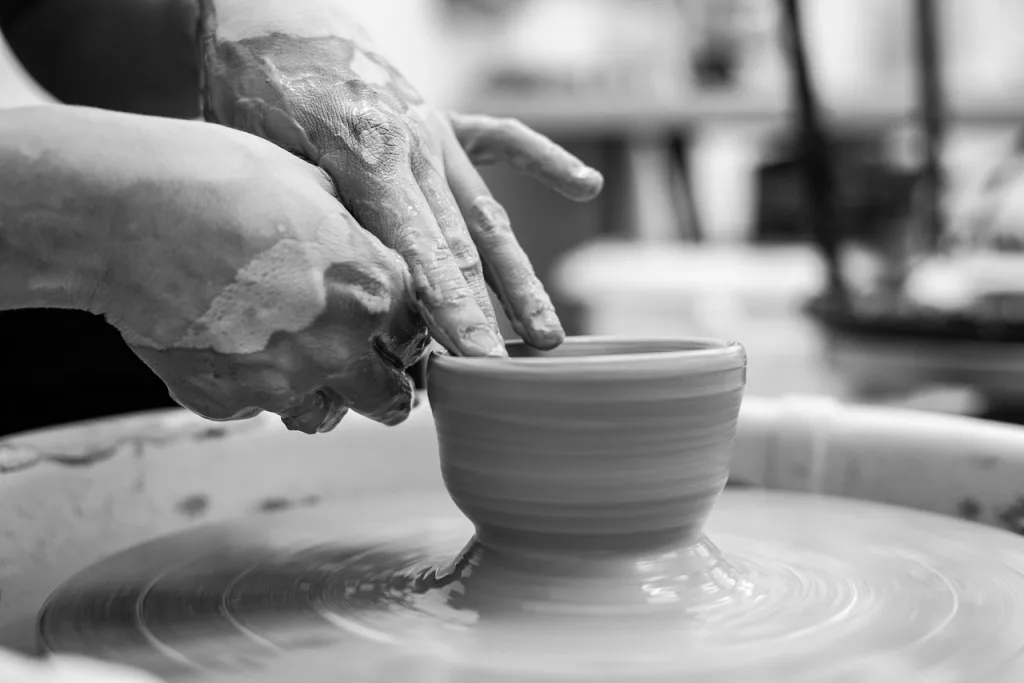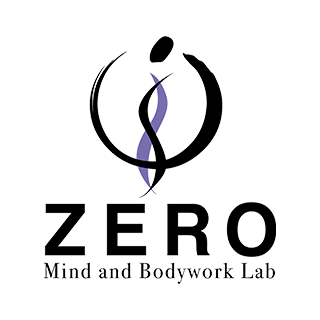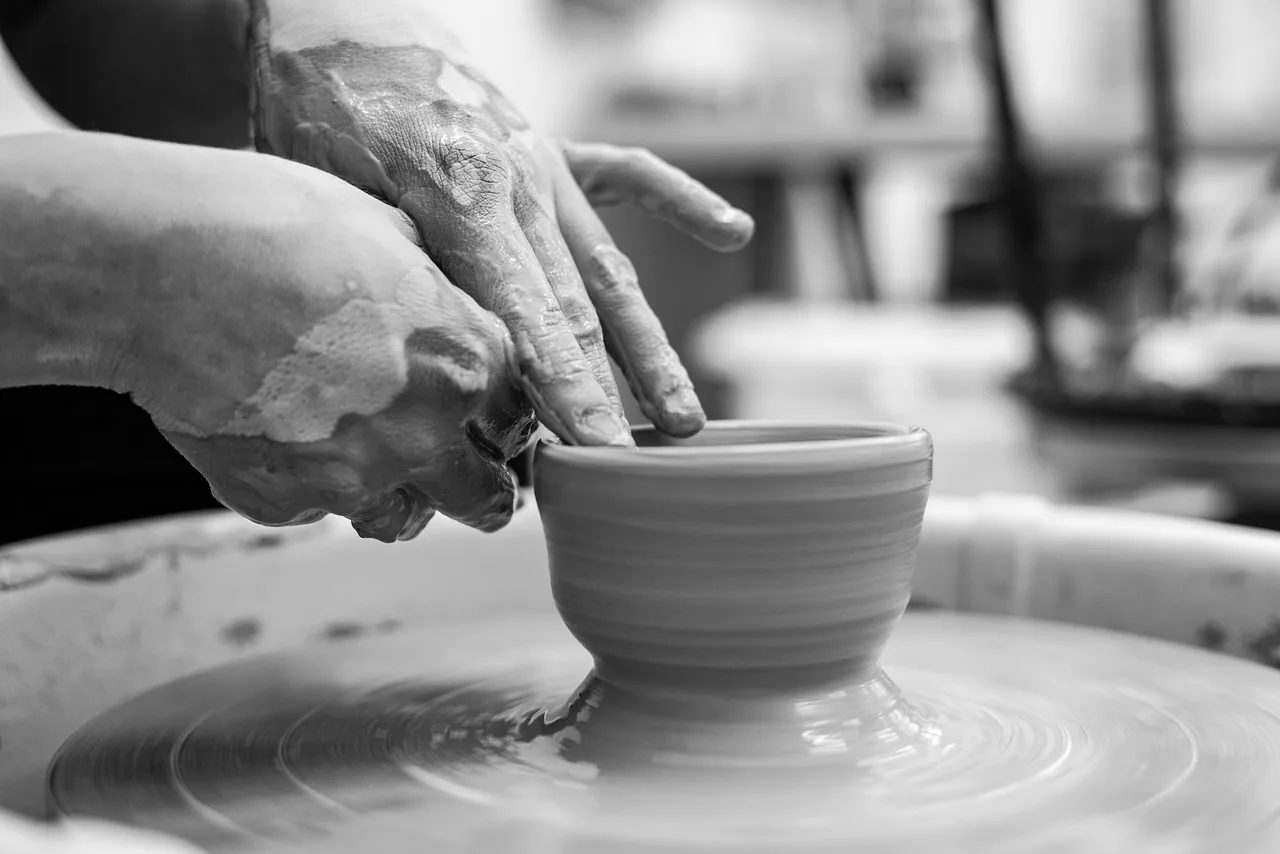Introduction
Hello, My name is Hidefumi Otsuka and I am providing Rolfing session in Shibuya, Tokyo.

How can we support the process of human transformation? – Insights from Rolfing and Coaching
Rolfing and coaching—at first glance, they seem like entirely different fields of practice.
The former works through the body, the latter through language.
But at their core, both confront the same essential question:
“How can we support the process of human transformation?”
I studied Co-Active Coaching at CTI (The Coaches Training Institute) in 2009.
As I pursued coaching skills more deeply, I encountered Rolfing.
While they appear to be different modalities, both are deeply engaged with the shared theme of transformation.
In this series, I examine Rolfing and coaching through seven lenses:
- Neutral and Presence
- The Four Cornerstones
- The Three Principles and the Rolfing Ten Series
- The Process Between Sessions
- The Quality of Relationship (Designed Alliance / Right Relationship)
- Skill Comparison (CTI’s Five Skills and Rolfing Techniques)
- Integration and Summary
Throughout this series, I hope to explore the many facets of transformation—touching, questioning, listening, and being.
By comparing Rolfing, which initiates change through the body, and coaching, which reaches deep layers through dialogue, I believe we can reflect more deeply on what human transformation truly entails.
How Do We Apply These Skills?
Co-Active Coaching invites change through questions and conversation.
Rolfing works through direct physical contact and bodily perception.
Despite their differences in technique, both disciplines share a common essence:
They engage deeply with the client’s being.
In Part 6, I compare CTI’s Five Core Coaching Skills with the art of touch in Rolfing,
to explore how different modes of engagement support transformation through depth of contact.
What Are CTI’s “Five Core Coaching Skills”?
In Co-Active Coaching (4th ed.), the following are presented as the Core Coaching Skills (pp. 53–80):
- Listening
- Intuition
- Curiosity
- Forward and Deepen
- Self-Management
These skills are not mere techniques; they represent the quality of engagement necessary to journey with the client into the depth of their being.
Listening
CTI: Listening with ears / Rolfing: Listening with hands and body
“Listening in Co-Active Coaching is about being fully present and tuned into the whole person—not just their words.”
— Co-Active Coaching, p. 54
In Rolfing, listening is done quite literally through the hands.
“To touch well is to listen with your hands.”
— Embodied Being, p. 103
| Aspect | CTI | Rolfing |
|---|---|---|
| Medium | Language, emotions, silence | Tactile sense, fascia, field dynamics |
| Listening Target | The whole person | Whole body and structural flow |
| Shared Ground | Presence and receptivity | Resonance and non-manipulation |
Example:
In CTI, the coach senses “what is happening” in a moment of silence and chooses to remain quiet.
In Rolfing, the practitioner feels subtle changes in breath or fascial tone and may simply remain in contact without acting.
Intuition
CTI: Trusting the insight / Rolfing: Responding to the moment
“Intuition is the ability to notice and name what is occurring in the moment—beyond logic.”
— Co-Active Coaching, p. 57
“The right action emerges spontaneously when presence and perception are clear.”
— Embodied Being, p. 122
| Aspect | CTI | Rolfing |
|---|---|---|
| Active Moment | Just before speaking | Just before moving the hand |
| Target | The unconscious, atmosphere, energy | Structure, flow, tension |
| Shared Ground | Arises not from doing, but from being |
Example:
In CTI, when energy shifts in a topic, the coach may ask, “What’s happening right now?”
In Rolfing, the practitioner senses subtle change in leg alignment and intuitively waits instead of acting.
Curiosity
CTI: Deepening through inquiry / Rolfing: Asking through touch
“Curiosity invites discovery, learning, and insight.”
— Co-Active Coaching, p. 60
In Rolfing, the way one touches becomes a question—posed directly to the body.
| Aspect | CTI | Rolfing |
|---|---|---|
| Mode of Expression | Open-ended verbal questions | Exploratory and responsive touch |
| Goal | Self-awareness | Somatic self-organization |
| Shared Ground | The posture of “opening” rather than “searching” |
Example:
In CTI: “If that fear had a voice, what would it say?”
In Rolfing: Gently pressing the rib cage, the practitioner “asks” where the tissue wants to move.
Forward and Deepen
CTI: Eliciting movement and growth / Rolfing: Creating integration and embodied change
“Forward and Deepen is the skill of moving the conversation forward while deepening the client’s learning.”
— Co-Active Coaching, p. 63
Likewise in Rolfing, sessions are not just structural adjustments—they aim to integrate change for lasting transformation.
| Aspect | CTI | Rolfing |
|---|---|---|
| Purpose | Translate awareness into action | Integrate change into embodied movement |
| Tools | Reflection / questions / validation | Movement integration / seated and walking work |
| Shared Ground | Make change a “sustained experience” |
Example:
CTI: “Given this insight, what’s one step you could take tomorrow?”
Rolfing: Observe movement while standing or walking, and guide the client toward integrated coordination.
Self-Management
CTI: Managing the self to stay present / Rolfing: Presence itself as intervention
“Self-management is the ability to notice your own internal reactions and set them aside to stay fully available to the client.”
— Co-Active Coaching, p. 65
“The most profound interventions are made not with the hands, but with presence.”
— Embodied Being, p. 145
| Aspect | CTI | Rolfing |
|---|---|---|
| Foundation of Technique | Letting go of inner reactions | Aligning with gravity and one’s own system |
| Expression | Choice of words, pacing | Touch quality, non-interference |
| Shared Ground | “Not being caught in self” allows one to become a vessel for change |
Example:
CTI: The coach lets go of fear or judgment and stays calmly present in silence.
Rolfing: The practitioner regulates posture and breath to maintain resonance without pushing or leading.
Summary: Language and Touch — Both Support “Being”
| Skill Name | CTI Feature | Rolfing Counterpart | Shared Essence |
|---|---|---|---|
| Listening | Listening to the whole person | Listening to the body and environment | Presence and resonance |
| Intuition | Noticing what is arising | Sensing what is present | Trusting non-linear knowing |
| Curiosity | Asking open-ended questions | Inquiring through touch | Respect for self-organization |
| Forward/Deepen | Turning awareness into action | Integrating structure into movement | Lasting embodiment of change |
| Self-Management | Not being caught in personal reactions | Embodying neutrality and presence | Becoming the field for transformation |
Coming Next
Part 7 will offer a comprehensive conclusion, tying together insights from this entire series.
参考文献
- Henry Kimsey-House et al. (2018). Co-Active Coaching: The Proven Framework for Transformative Conversations at Work and in Life (4th ed.). Nicholas Brealey.
- Jeff Maitland (2017). Embodied Being: The Philosophy and Practice of Manual Therapy. North Atlantic Books.

